Remote Visual Inspection (RVI)
Our Services
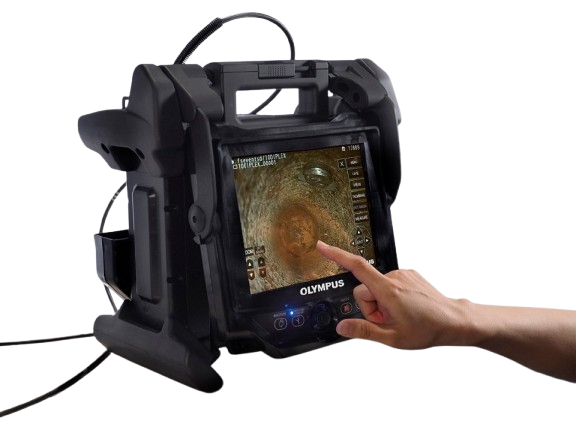
Borescopes & Videoscopes
Inspection Technique:
These instruments are designed to inspect internal components without disassembly.
Borescopes: Typically rigid devices that provide a direct visual of internal areas.
Videoscopes: Flexible instruments equipped with video capabilities, allowing for real-time inspection and recording.
- Used for internal inspection of engines, turbines, pipes, and machinery without disassembly.
- Flexible or rigid optical tools allow real-time visual analysis of internal components.
- Videoscopes feature live video feeds with high-resolution imaging, zooming, and recording options.
Applications
- Used for internal inspection of engines, turbines, pipes, and machinery without disassembly.
- Used for internal inspection of engines, turbines, pipes, and machinery without disassembly.
- Used for internal inspection of engines, turbines, pipes, and machinery without disassembly.
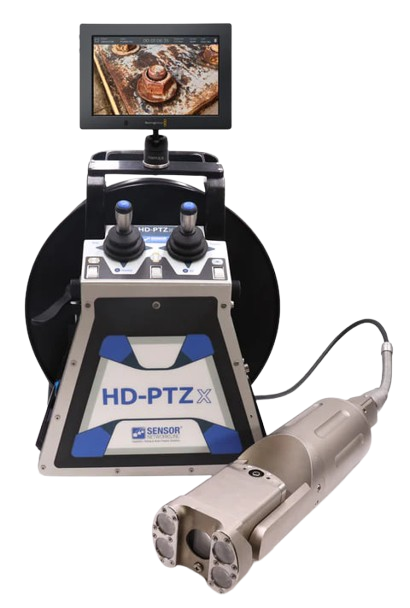
Push Rod Cameras
Inspection Technique:
Ideal for inspecting pipelines, ducts, and sewer systems, these cameras are mounted on flexible rods that can navigate through complex pathways.
- Used for pipeline, sewer, and duct inspections by inserting a camera attached to a flexible rod.
- Equipped with LED lighting and high-resolution imaging for capturing interior conditions.
- Helps identify blockages, corrosion, and leaks within pipelines and industrial tubing.
Applications
- Municipal water and sewer inspection
- HVAC duct analysis
- Oil & gas pipeline maintenance
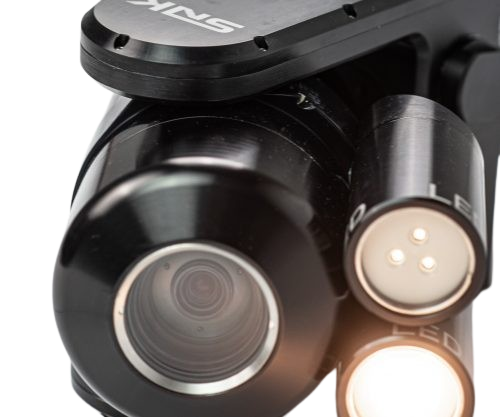
Pan-Tilt-Zoom (PTZ) Camera Systems:
Inspection Technique:
These systems offer comprehensive inspection capabilities with their ability to pan, tilt, and zoom, providing detailed visuals of large areas or specific points of interest.
- Remotely controlled PTZ cameras offer 360-degree viewing, zoom-in capabilities, and high-definition imaging.
- Ideal for inspecting large industrial tanks, pressure vessels, and storage silos.
- Can be deployed via robotic crawlers, tripods, or magnetic mounts for enhanced mobility.
Applications
- Tank and vessel integrity assessments
- Power plant boiler inspections
- Offshore platform structure analysis
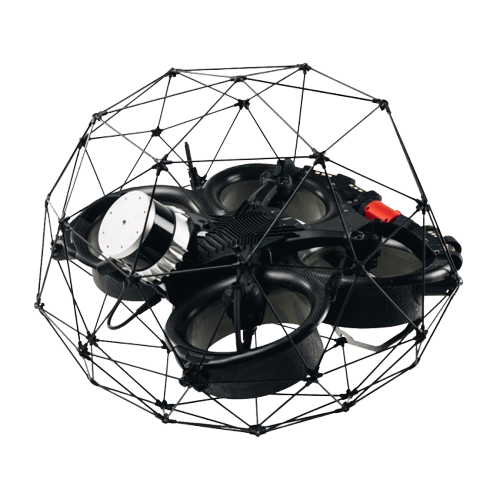
Drones:
Inspection Technique:
Unmanned aerial vehicles equipped with cameras are used for inspecting large structures or areas that are difficult to access, such as roofs, towers, and industrial sites.
- High-resolution drone cameras enable aerial inspection of high-risk structures.
- Equipped with thermal imaging, LiDAR, and zoom capabilities for enhanced fault detection.
- Eliminates the need for scaffolding, manual climbing, and confined space entry.
Applications
- Wind turbine blade inspections
- High-rise industrial facility surveys
- Oil & gas flare stack monitoring

Explosion-Proof (Ex Rated) Cameras
Inspection Technique:
These cameras are designed for use in explosive or hazardous environments, ensuring safety while conducting inspections in such areas.
- Designed for hazardous, ATEX-rated zones, ensuring safety in potentially explosive environments.
- Provides intrinsically safe visual inspection in chemical plants, refineries, and offshore platforms.
- Infrared and thermal imaging integration enables the detection of hot spots and leaks in volatile conditions.
Applications
- Petrochemical plant maintenance
- Offshore rig inspections
- Confined space hazardous area monitoring
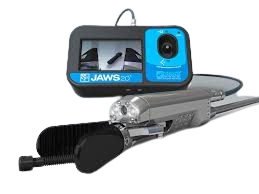
Foreign Object Search & Retrieval (FOSAR)
Inspection Technique:
Specialized equipment used to locate and retrieve foreign objects from confined spaces, preventing potential damage or operational issues.
- Used for searching and retrieving foreign objects from nuclear reactors, turbines, and industrial pipelines.
- Features gripping tools, magnetic retrievers, and specialized lighting for locating and extracting debris.
- Prevents equipment failures, contamination, and safety risks in sensitive environments.
Applications
- Aerospace turbine FOD (Foreign Object Debris) retrieval
- Power plant maintenance
- Nuclear facility contamination control
Benefits of Using RVI Equipment
- Enhanced Safety: Reduces the need for personnel to enter hazardous or confined spaces.
- Improved Efficiency: Allows for quick and thorough inspections, minimizing downtime.
- Cost-Effective: Reduces the need for extensive scaffolding or disassembly during inspections.
- High-Quality Data: Provides clear visual documentation for analysis and record-keeping.
